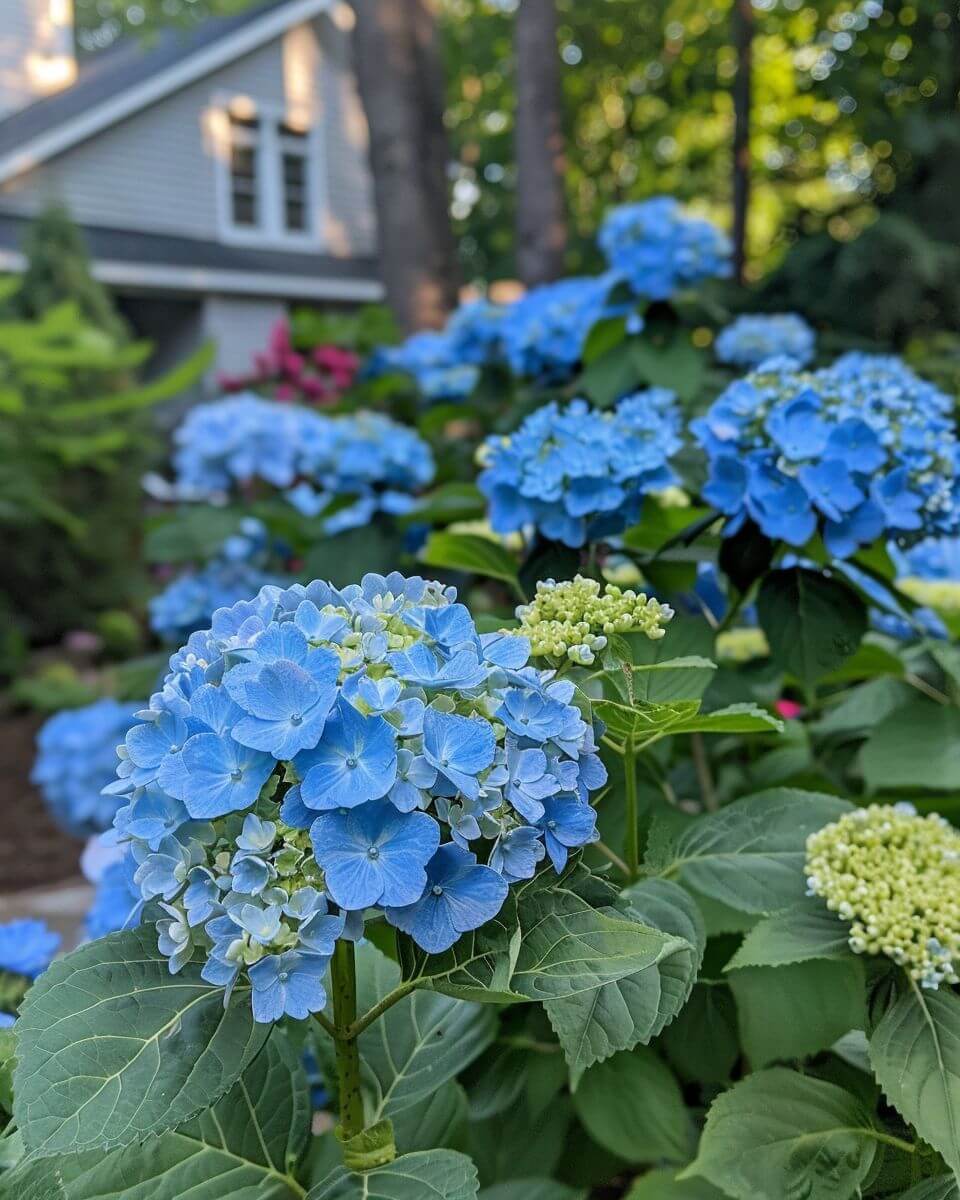Hydrangeas are cherished garden favorites, admired for their lush, colorful blooms that add charm to any outdoor space. While many gardeners know and love this plant, an essential step in their upkeep often goes unnoticed: deadheading. Removing faded or spent flowers might seem like a minor detail, but it plays a major role in the overall health and bloom performance of hydrangeas. If your plants have begun to underperform—showing fewer or weaker flowers—there’s a good chance deadheading could be the solution you need.
Recognizing the importance of deadheading can significantly improve both the appearance and vitality of your garden. Whether you’re a beginner or a seasoned gardening enthusiast, understanding how this simple practice helps your hydrangeas thrive is invaluable. Let’s explore how deadheading can make a real difference.
Why Deadheading Hydrangeas Matters More Than You Think:
1. Boosts Bloom Production
Removing old blossoms allows the plant to focus its energy on producing new flowers instead of forming seeds. This redirection of energy extends the blooming period and results in more vibrant, continuous blooms throughout the season.
2. Encourages Stronger, Healthier Growth
Spent blooms can harbor pests and disease, particularly in humid environments. Regular deadheading keeps your plant cleaner and reduces the chance of infections spreading, supporting a healthier overall plant structure.
3. Keeps Your Garden Looking Beautiful
Deadheading gives your hydrangeas a neat and refreshed appearance. It eliminates the withered flowers that detract from the plant’s beauty, allowing its foliage and fresh blooms to stand out.
4. Optimizes Nutrient Use
When you remove dying flowers, the plant can redirect nutrients to more important functions like stem development and foliage health. This helps ensure your hydrangeas grow stronger and more robust over time.
In Summary
Deadheading is more than a cosmetic touch—it’s a vital part of hydrangea care. By integrating it into your regular gardening routine, you’ll enjoy fuller blooms, healthier plants, and a more vibrant garden overall. So, next time you admire your hydrangeas, take a moment to remove the old flowers—your plants will thank you with a stunning show of fresh blooms.
